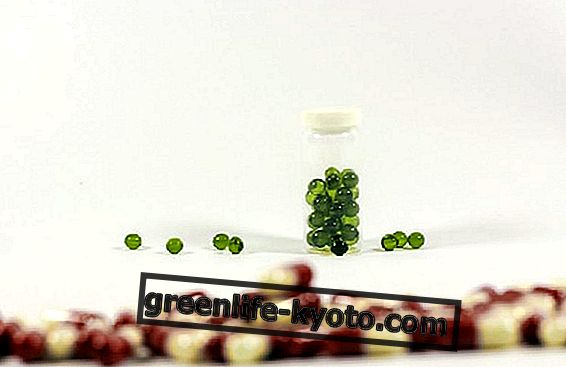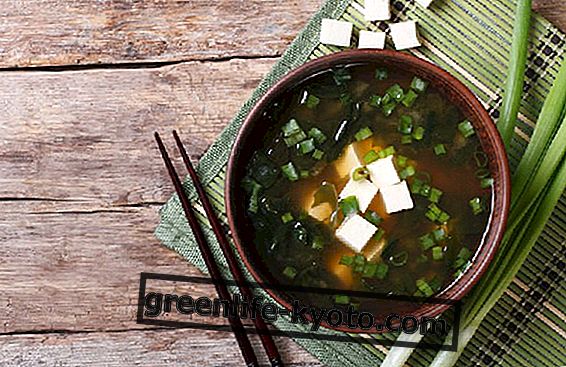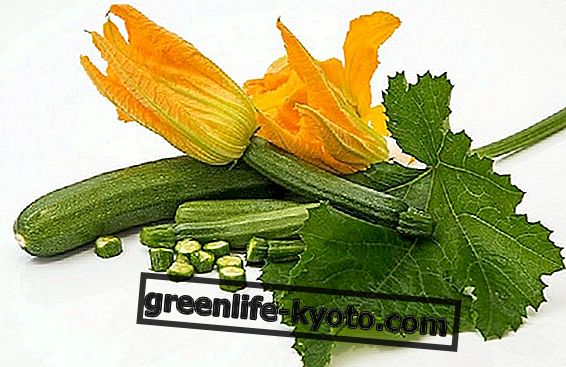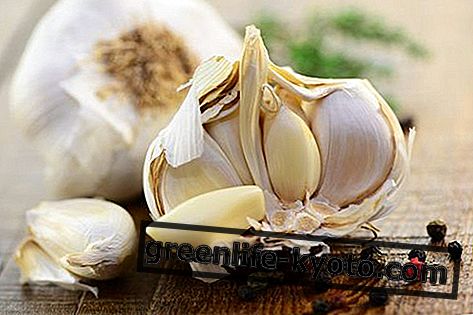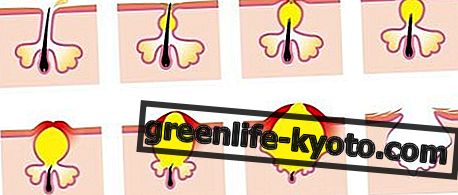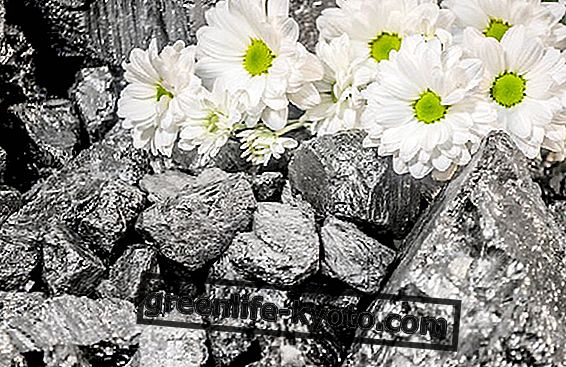
Muscle aches, muscular contractures, joint pains: according to Chinese medicine, stagnation, energy blocks, accumulations of humidity, excess of yin are to be considered.
It is necessary to apply a dispersive yang energy, which dissolves, mobilizes, recirculates. The heat itself is able to unblock, heat and give movement: ginger enhances its effect and has the property of radiating heat to the treated part.
Ginger: its properties
Ginger is a root with multiple properties . For internal use, its spicy flavor removes the cold, and is indicated for colds.
At the gastric level, like chilli, it has a refreshing action and soothes the stomach fire that animates the gastritises. For external use ginger can be used for localized packs.
Its heating action is able to penetrate deeply and reach the painful areas due to contractures and muscle blocks, stimulating tissue re-oxygenation.
Its rubefacient effect draws blood to the surface, warming the treated part and disinfecting the deepest part .
Ginger in Ayurveda
How to prepare ginger wraps
If we have the fresh root, grate about 100/150 grams of it to be wrapped in a garzina or a cotton sachet, to be immersed in a pot of water that has reached boiling point.
Allow to simmer for about 5 minutes then squeeze the ginger sachet well. This ginger water thus obtained must remain very hot (not boiling), in which to dip a sponge cloth, squeeze it well and apply it to the part to be treated.
It is good to repeat the application as soon as the cloth disperses its heat, to keep the part well heated by the wrap. The treatment should last about 30 minutes and be repeated 8/10 times, as needed.
Try also the essential oil of ginger diluted in a vegetable oil and massaged, effective against rheumatic pain and muscle stiffness
